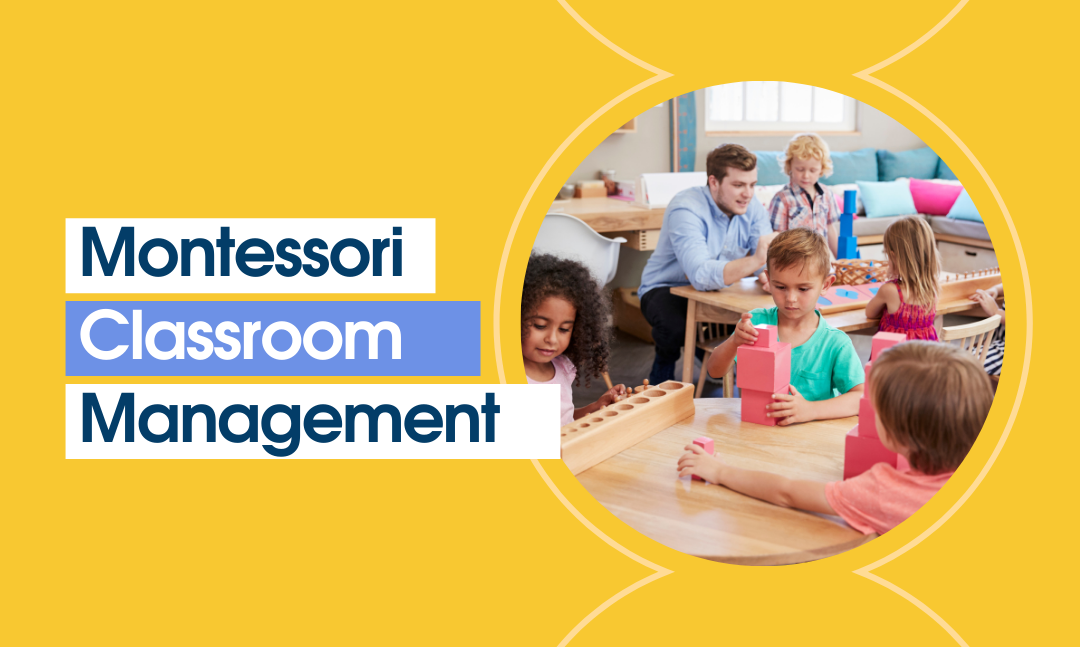If you ask a teacher what an invaluable skill in their trade is you might hear them answer, “classroom management.” Keeping children still at their desks, attentive to lessons and in alignment with a schedule is challenging! Incentive programs, teacher cues and other methods are used to correct student behavior and create a constructive learning environment.
One of the common knocks against Montessori education from people who do not understand the method fully is that our classroom environments are a “free for all.” But if you take one look into a classroom at the Maria Montessori School, what you will see is far from chaotic. Children are scattered throughout the space, exploring materials together, alone or with a guide. It’s apparent that the classroom is closely managed, but the methods aren’t visible to the untrained eye.
The secret is in the Montessori Method itself. Montessori environments are structured differently than classrooms in traditional schools. The Method integrates practices that lean into children’s natural tendencies, weaving classroom and behavioral management into regular, everyday practices. Outlined below are a few examples of Montessori Methods that contribute to classroom management.
Independent choice helps keep students engaged in learning.
Do you feel antsy when you’re working on something you want to finish? It’s easy to understand why a child might start to get restless when they’re working through an assignment or lesson they’re not grasping fully. Montessori classrooms promote independent choice, meaning students can choose to finish tasks and move to other ones if they’re not feeling fully engaged. This allows students to make educational choices based on their energy and focus level. When students are free to make choices around their activities they are more engaged and less likely to display disruptive behaviors.
Guides work alongside students as an ally.
Sitting and attentively listening to a lesson can be challenging for young students. The longer a lesson goes, the more likely a student is to behave in a way that is distracting or inappropriate in the classroom. In Montessori classrooms, guides work alongside students, providing gentle instruction and personalized coaching to help them discover new skills. This one-on-one approach promotes student engagement with lessons and creates room for two-way communication. Guides listen to student questions and interaction as much as students listen to the guides!
Older students serve as a behavioral model.
In traditional classrooms, students are grouped with other children around their same age. Naturally, the students are at similar stages of development. Their behaviors feed off of each other in both positive and negative ways. This can create challenges for teachers as they seek to manage classrooms. In Montessori Classrooms, students are grouped across three years. Older students who are familiar with the environment and practices within it serve as models for younger students. Without adult intervention, students slowly start to mimic and learn what behaviors are appropriate in the classroom.
Classroom care is incorporated into everyday work.
Children make messes – plain and simple! Montessori students are no different. But as a part of the Montessori Method, students are taught to take care of their environment. Cleaning surfaces, caring for materials and keeping spaces tidy is part of their routine. Asking students to clean up after themselves isn’t necessary once they learn about their responsibilities in the classroom.

